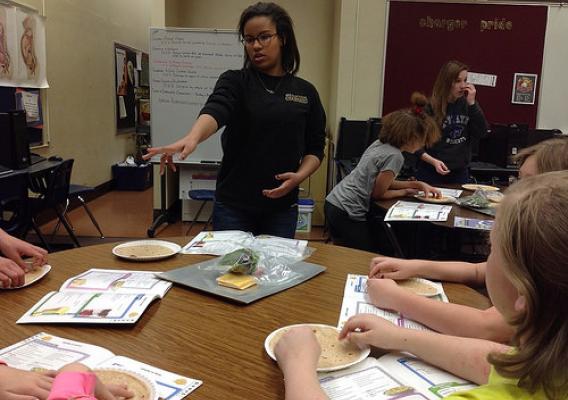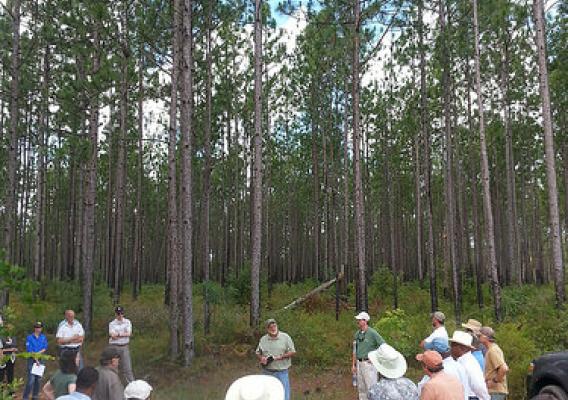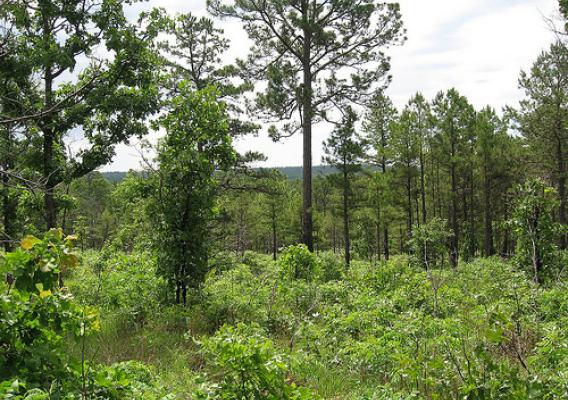There is a Federal program that you may not have heard of, but it is responsible for conserving millions of acres of recreational and conservation lands for Americans to enjoy, and it helps fund local parks, provide access to rivers and trails, and preserve wildlife habitat in every state in the Union. This program is the Land and Water Conservation Fund (LWCF) and each year, the Department of the Interior and Department of Agriculture request funding from Congress to support grants to states and high priority federal recreational and conservation investments. Locating and learning about these special places is now easier than ever through a new interactive map. The map enables everyone to explore the 173 public projects proposed for investment in 43 states, including important waterfowl nesting habitat in the Prairie Potholes, battlefields and historic sites from Pennsylvania to Washington, scenic vistas in iconic locations like Maine’s Acadia National Park, and recreation sites in national monuments in California and Arizona.
Land and Water Conservation funds secure access for the American public to their Federal lands. For 50 years, the law has been one of the most successful programs for recreation and conservation in our history. LWCF has provided funding to local communities that supported the construction of more than 40,000 city parks, hiking and biking trails, and boat ramps, and access to thousands of acres of fishing and hunting and important wildlife habitat.









